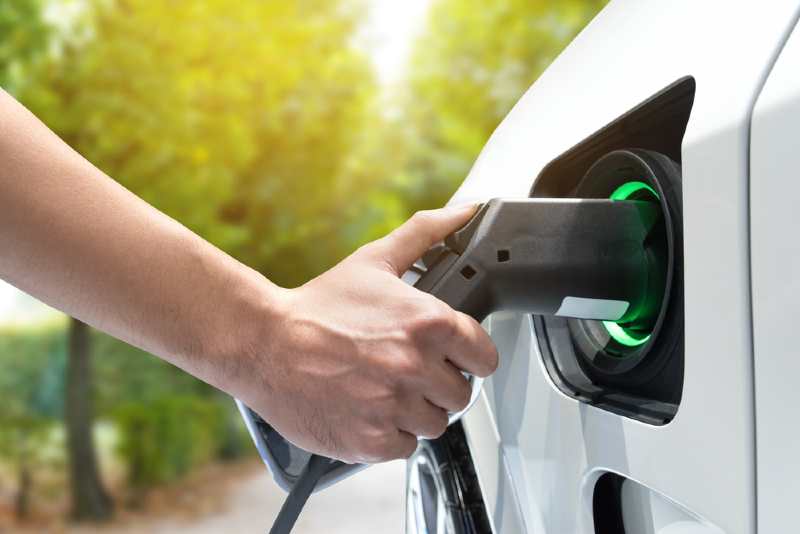In recent years, more people are coming to realize the importance of reducing their carbon footprint. If you want to contribute to the growing effort to preserve the environment, those listed below are a few ways to reduce your impact.
Opt for Walking
Despite the fact of having legs and two good feet, most people prefer to start the car and take short drives instead of walking. Exercise is an essential component of maintaining a fit and healthy body. It also energizes and helps improve your state of mind. Make an effort to ditch the car keys and walk whenever possible.
Drive Electric Cars
Gas-powered vehicles dominate the roads. However, electric cars are starting to receive their just dues. With portable EV stations becoming more affordable and less bulky, it’s easier than ever to create a setup at home. You can also find instructions online through various sites to receive answers to common questions like how to charge a Tesla at home.
Recycle
Most states require you to recycle plastics, metals, and glass. Even if the area you currently reside in doesn’t impose it, you should do it. For example, plastic can take upwards of 50 or more years to naturally decompose. Without recycling, landfills will become overwhelmed with waste.
Buy Local Products
Buying local products can have many advantages for you, your family, and your business. It allows you to personally view the products, purchase them for less, and eliminates the need for consuming gas and extra packaging to transport.
Energy-Efficient
Using less energy will not only save you money but it also reduces your carbon footprint. Purchasing energy-efficient appliances, insulating and updating your home, and installing solar panels are just a few ways to do your part.
Reserve Water
Water is something that many people take for granted. However, there’s only so much to go around. The process of heating water for taking a shower or doing the laundry or dishes also consumes energy. When performing daily chores and hygiene routines, make a conscious effort to use less water. Double-down on your efforts by only doing full loads of laundry and dishes in the dishwasher.
Carpool/Public Transportation
A large percentage of the working population uses their own vehicle to drive to and from work. Instead, get together with a co-worker and take turns driving. Or, if you don’t have one that lives in your area, leave the car at home and take public transportation.
Plan Meals to Reduce Waste
Eating out may be convenient, however, the waste from the plastic and styrofoam packaging adds up quickly. Throwing out leftovers also contributes to the waste. One way to enjoy savings, eat healthier, and reduce the waste is to plan meals ahead of time and then freeze the leftovers for another night.
Buy from Second-Hand Shops/Garage and Estate Sales
Second-hand shops, garages and estate sales offer a way to buy items you need around a home that already exists. As an added bonus, you can purchase them for a fraction of the retail cost.
Regular Maintenance
In many cases, you can hang onto big-ticket items longer with a little love and care. A car and a refrigerator are two expensive items that you need. However, if you perform regular and required maintenance, you can hang onto them for much longer, eliminating the need for frequent purchases.
Infrequent Flights
One of the largest contributors to CO2 emissions is through air travel. While flying from New York to Miami may only take a few hours, it comes at a greater cost to the environment. When possible, take to the roadway versus the airway.
Climate change is a real threat to society and our way of life. The good news is that reducing your carbon footprint is possible.
EV charging stock photo by Zapp2Photo/Shutterstock
In Partnership with Site Supporters











